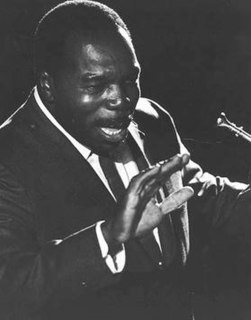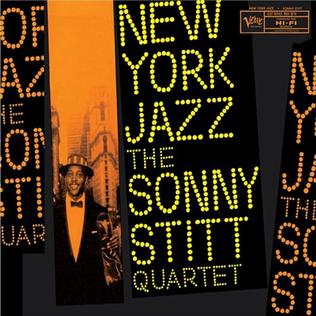
New York Jazz is an album by saxophonist Sonny Stitt recorded in 1956 and originally released on the Verve label.

The Battle of Birdland is a live album by saxophonists Sonny Stitt and Eddie Davis recorded at Birdland in New York City in 1954 and originally released on the Roost label.
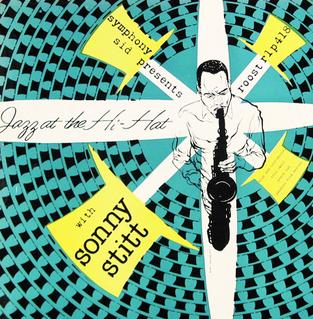
Jazz at the Hi-Hat is a live album by saxophonist Sonny Stitt and Eddie Davis recorded in Boston in 1954 and originally released on the Roost label as a four track 10 inch LP. The original album has been expanded with additional material and released on CD in two volumes.

Sonny Stitt Plays Arrangements from the Pen of Quincy Jones is an album by saxophonist Sonny Stitt recorded in 1955 and originally released on the Roost label.

Sonny Stitt Plays is an album by saxophonist Sonny Stitt recorded in 1955 and originally released on the Roost label.
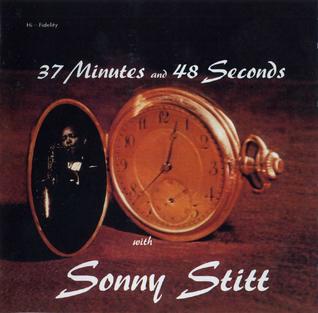
37 Minutes and 48 Seconds with Sonny Stitt is an album by saxophonist Sonny Stitt recorded in late 1956 or early 1957 and originally released on the Roost label.
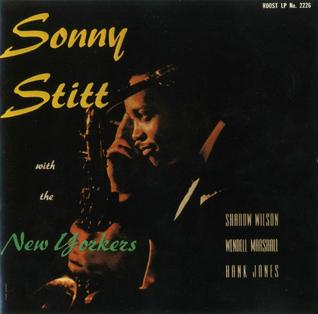
Sonny Stitt with the New Yorkers is an album by the saxophonist Sonny Stitt, recorded in 1957 and originally released on the Roost label.

The Saxophones of Sonny Stitt is an album by saxophonist Sonny Stitt recorded in 1958 and originally released on the Roost label.

A Little Bit of Stitt is an album by saxophonist Sonny Stitt recorded in 1959 and originally released on the Roost label.

The Sonny Side of Stitt is an album by saxophonist Sonny Stitt recorded in 1959 and originally released on the Roost label.

Stittsville is an album by saxophonist Sonny Stitt recorded in 1960 and originally released on the Roost label.

Sonny Side Up is an album by saxophonist Sonny Stitt recorded in 1960 and originally released on the Roost label.

Feelin's is an album by saxophonist Sonny Stitt recorded in 1962 and originally released on the Roost label.
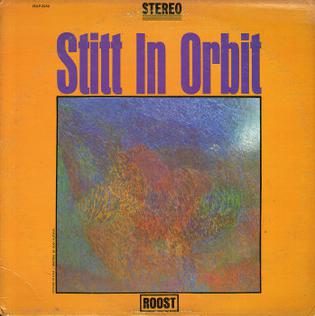
Stitt in Orbit is an album by saxophonist Sonny Stitt recorded in 1960 and 1962 and originally released on the Roost label.

Sax Expressions is an album by saxophonist Sonny Stitt recorded in 1965 and originally released on the Roost label.
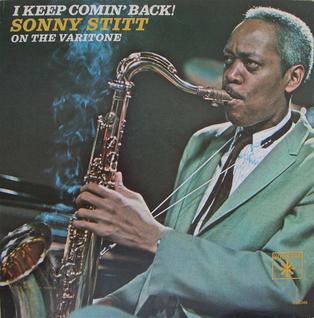
I Keep Comin' Back! is an album by saxophonist Sonny Stitt recorded in 1966 and released on the Roulette label. The album represents Stitt's second album featuring the varitone, an electronic amplification device which altered the saxophone's sound.

The Matadors Meet the Bull is an album by saxophonist Sonny Stitt recorded in 1965 and released on the Roulette label. The album was Stitt's first for the label; he had recorded many albums for Roost which Roulette had taken over.
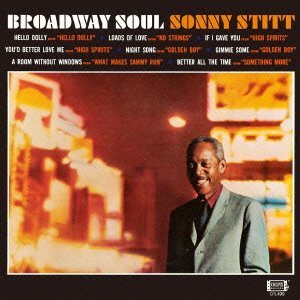
Broadway Soul is an album by saxophonist Sonny Stitt recorded in 1965 and released on the Colpix label.

Constellation is an album by saxophonist Sonny Stitt recorded in 1972 and released on the Cobblestone label.

Goin' Down Slow is an album by saxophonist Sonny Stitt recorded in 1972 and released on the Prestige label.




